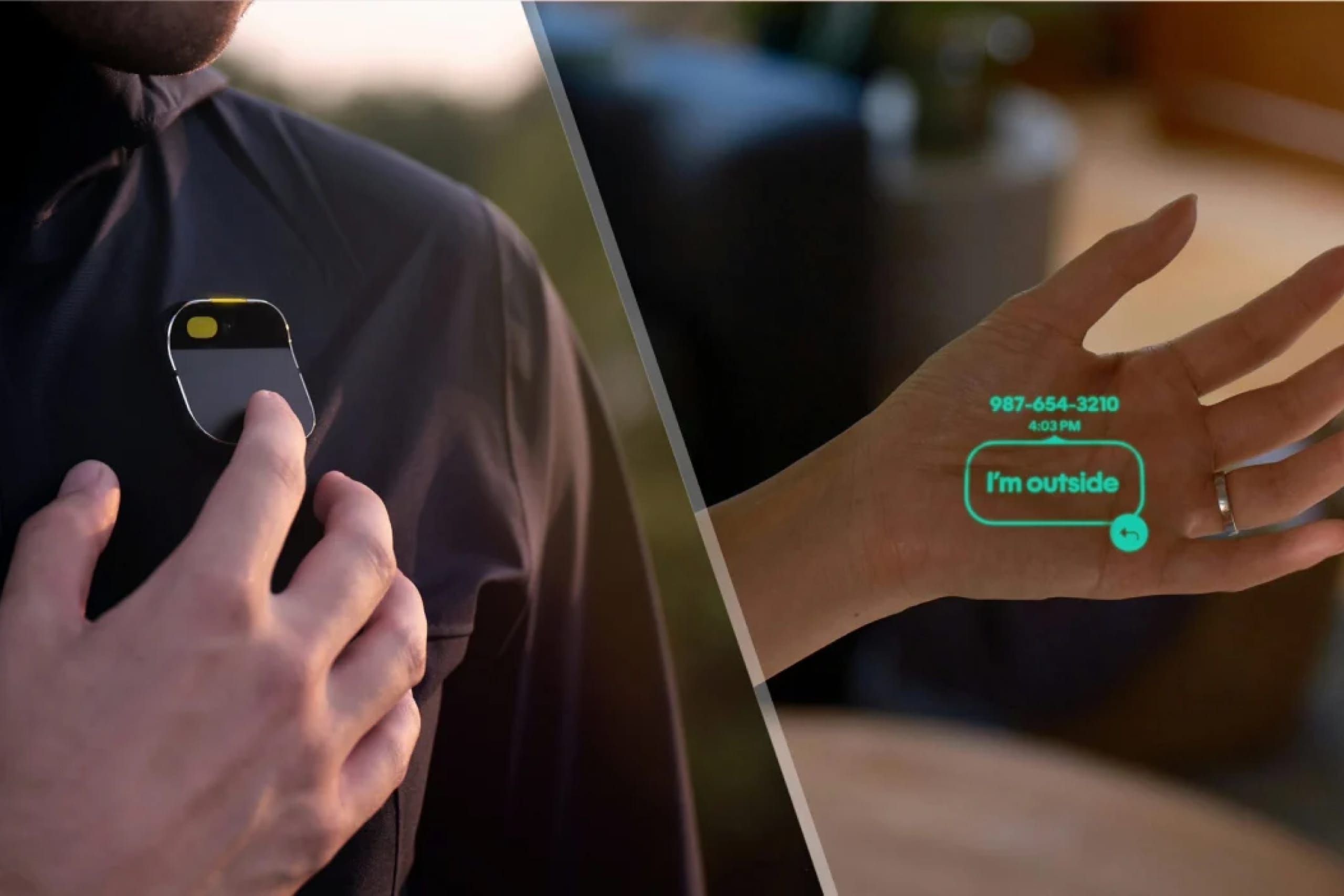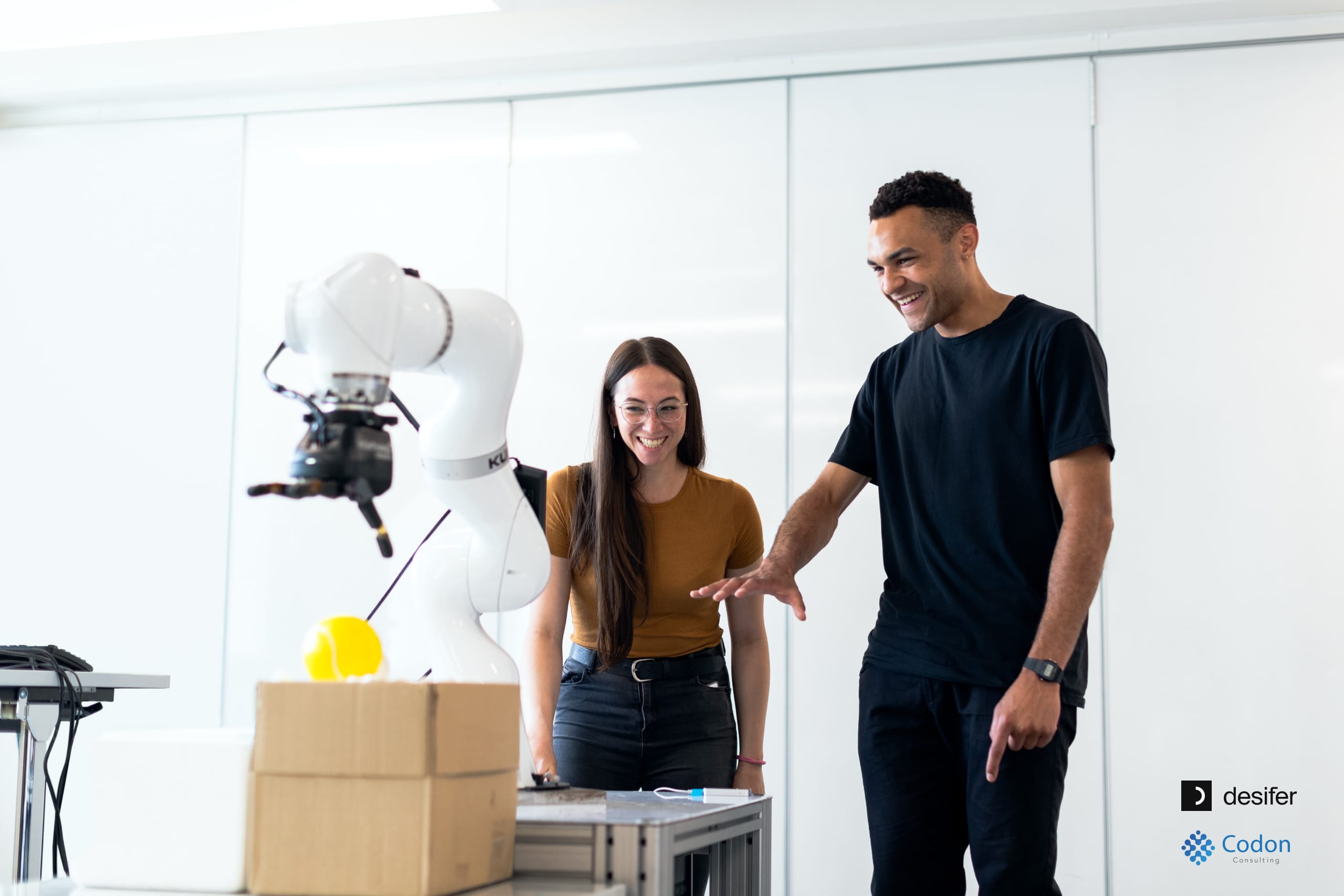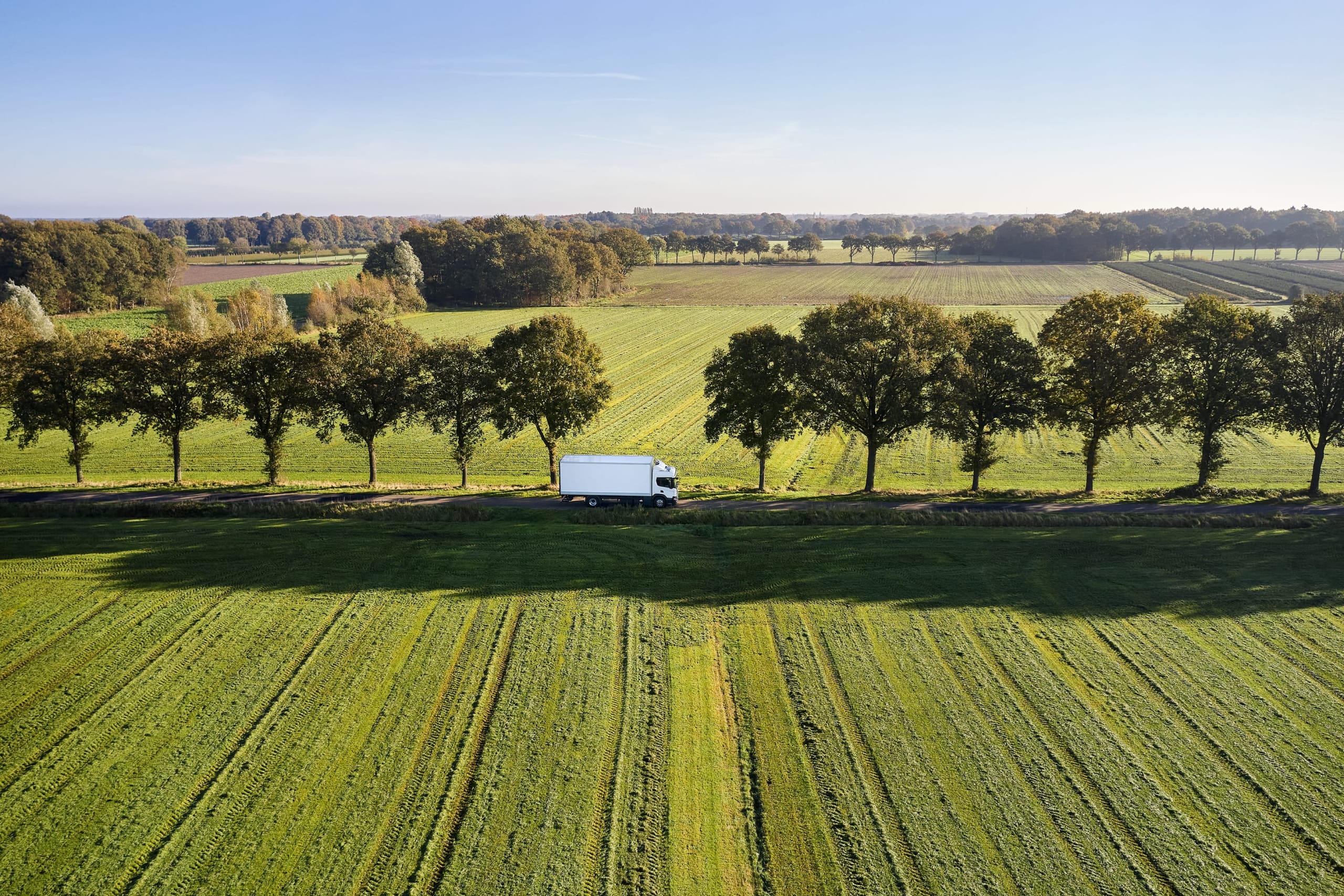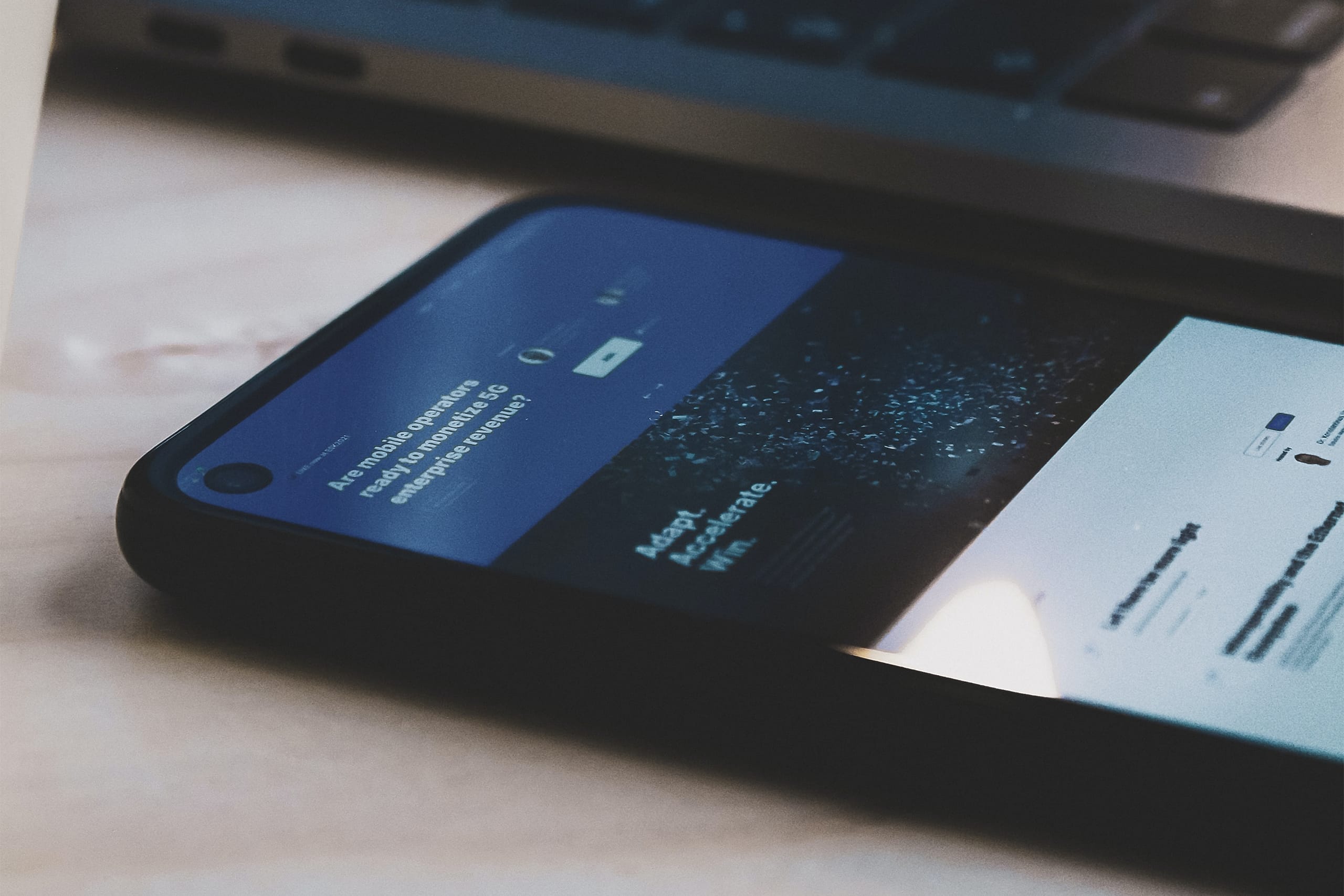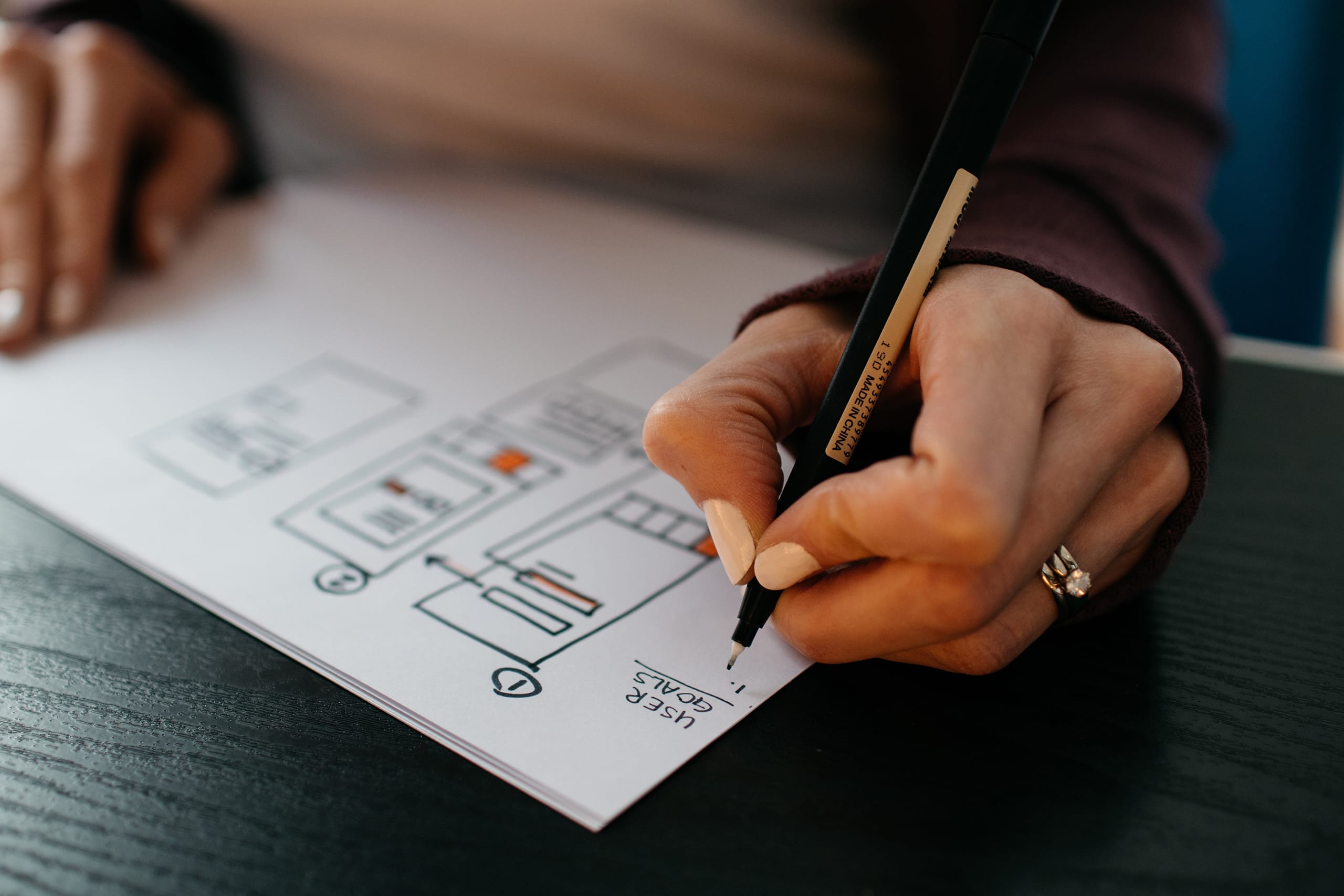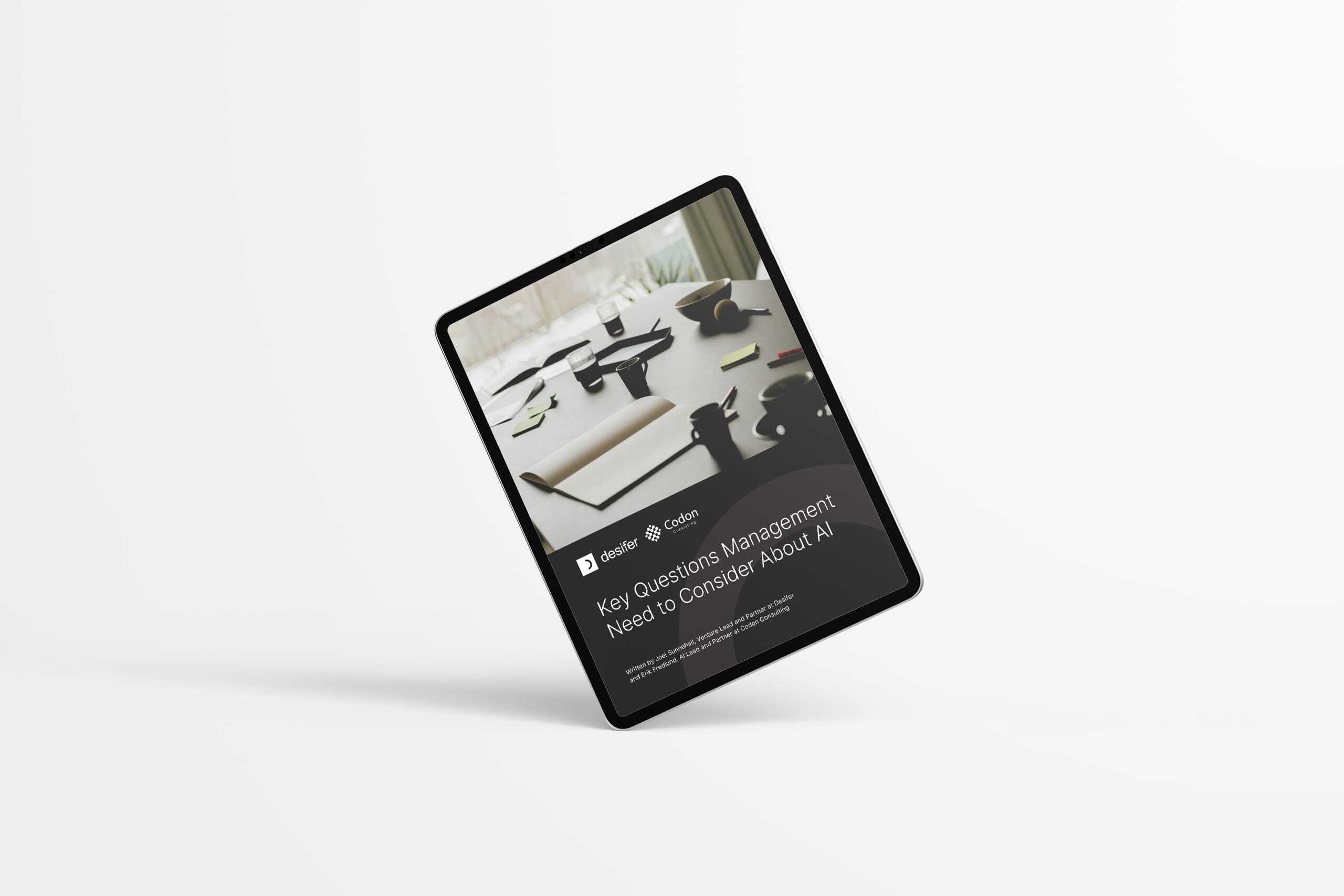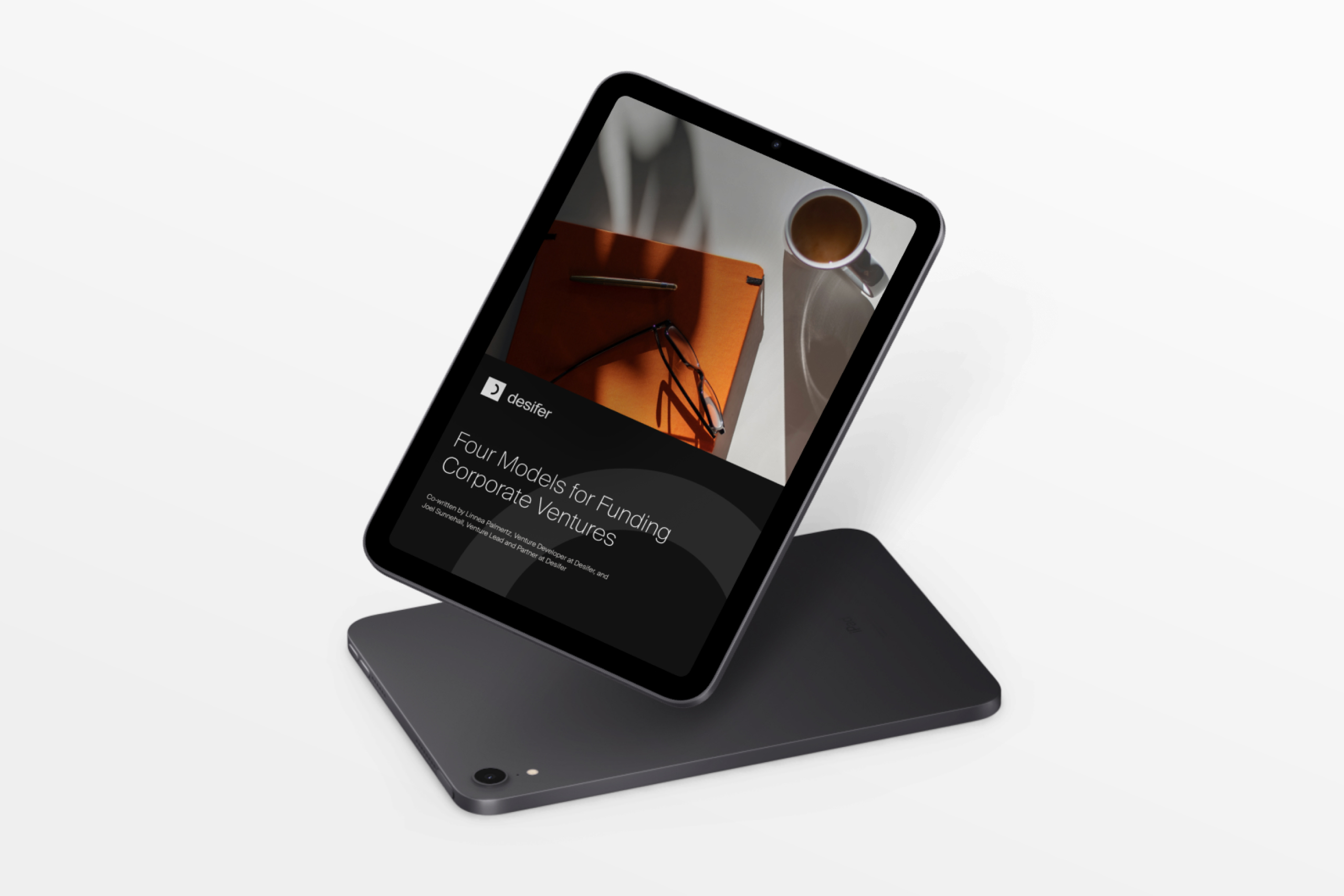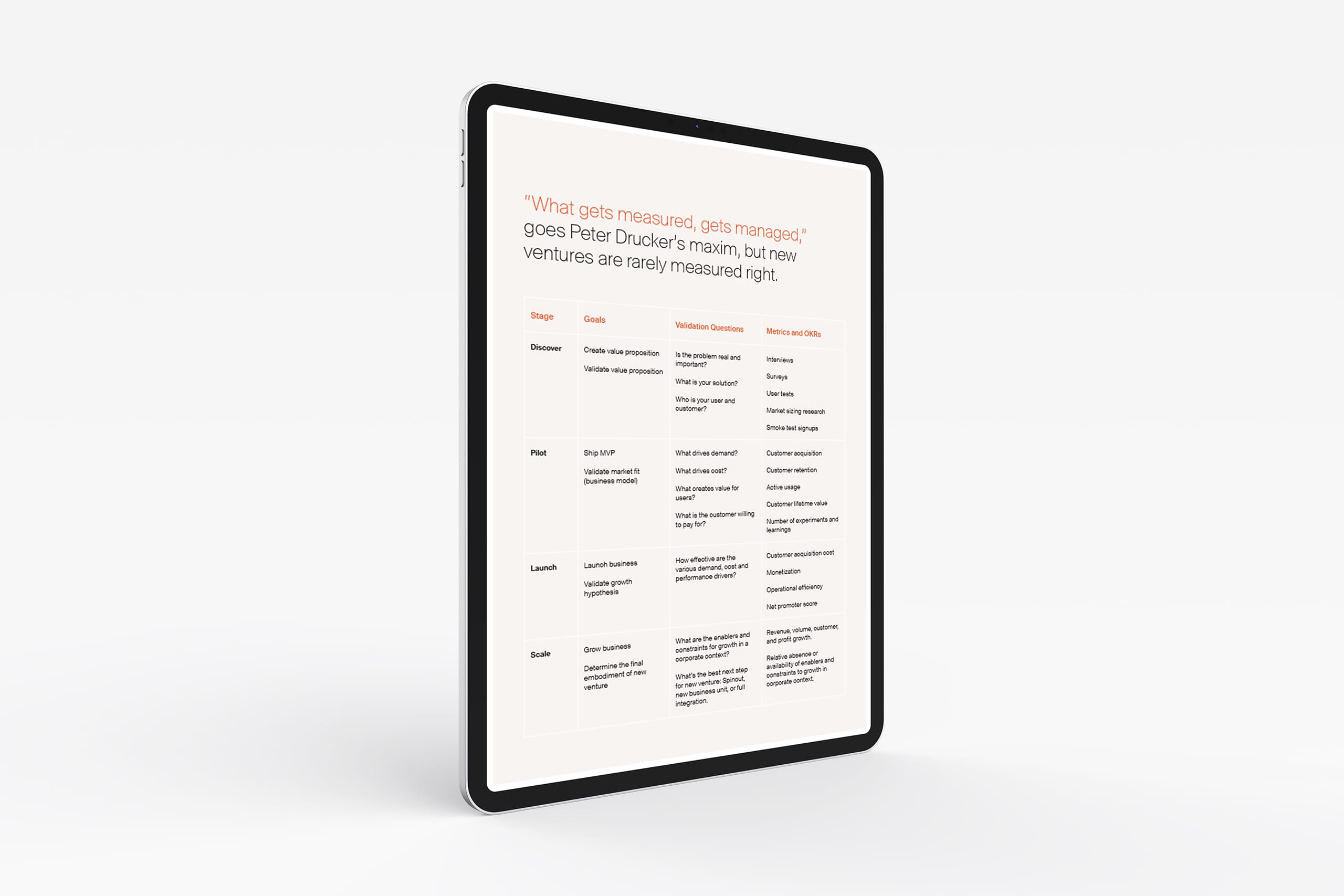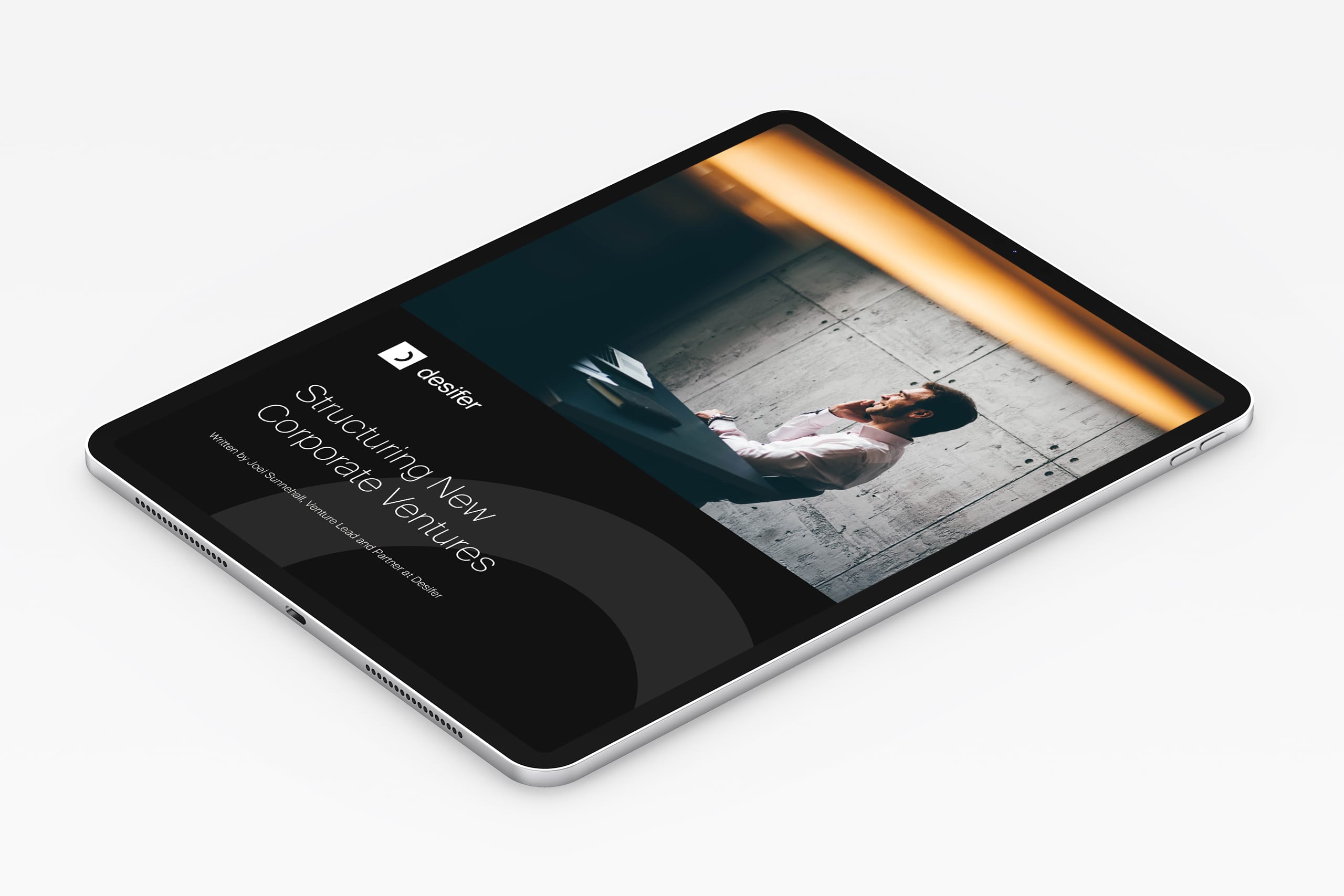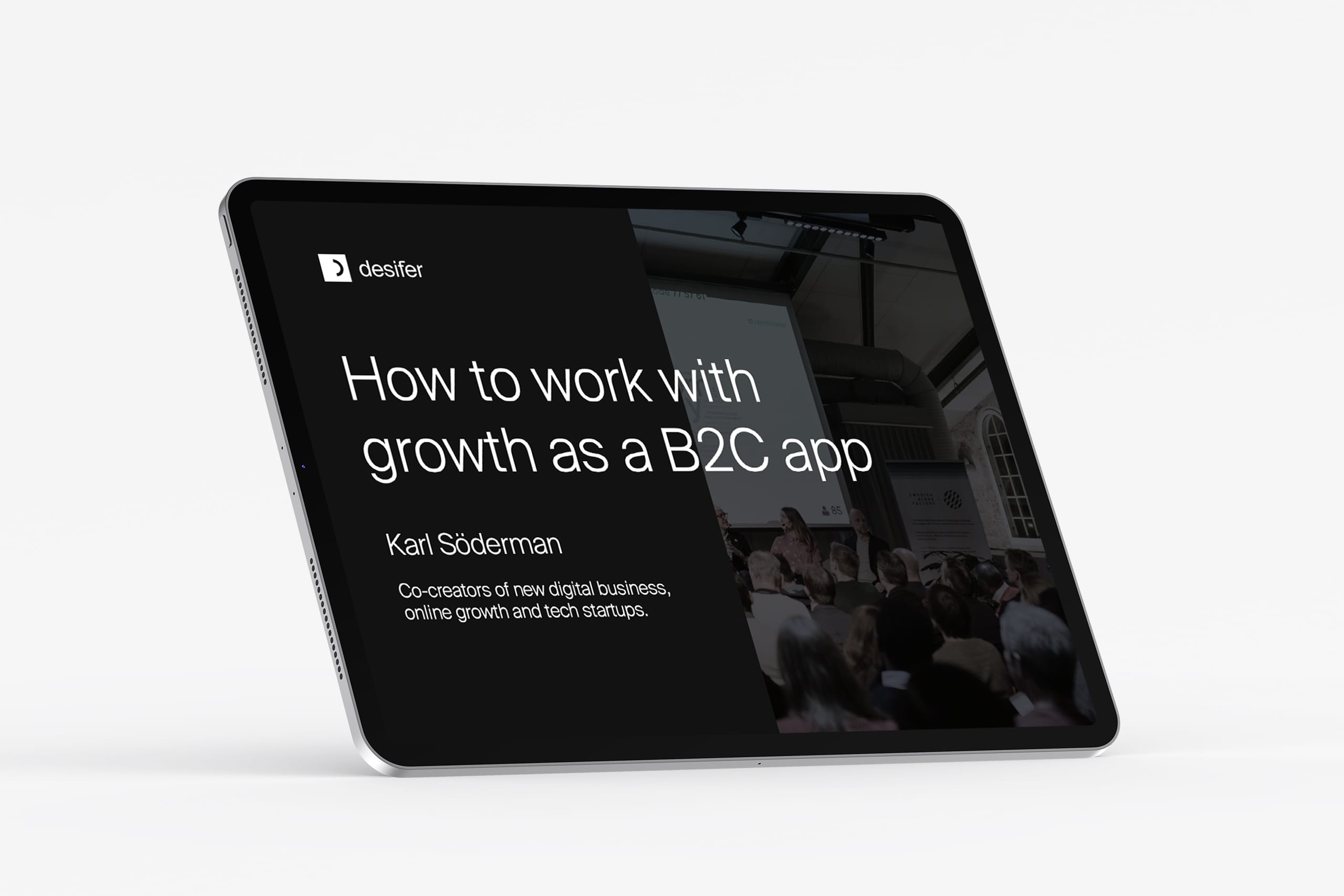Product
Written by Sigrid Hellberg
June 10, 2021
What is an MVP (Minimum Viable Product) and what is all the fuss about?
To start your product development with an MVP, a Minimum Viable Product, means that the first version of your product contains the bare minimum of functionality to meet the core user need.
More features are added only after you have received feedback from users of the MVP. The purpose of this approach is to enable as much learning as possible, as fast as possible. The quicker you get your MVP out there and can start testing your assumptions on real users, the better.
What are the benefits of starting with an MVP?
Releasing an MVP with only the most basic features you think are needed to meet the core user need allows you to test your basic assumptions in a resource efficient way. It also means that you can release something to the market and start gathering feedback from real users much faster than if you build more features initially.
How do I define an MVP?
This is the key challenge, and where many companies with the best intentions to work with MVPs go wrong. The basic questions you need to answer in order to define your first MVP are
- Which is the core problem I am trying to solve?
- What is the bare minimum functionality I need to provide in order to solve the core customer problem?
- How do I design the solution so that early adopters will find it acceptable to use?
If you answer these questions you have defined your MVP. But make sure to be strict with yourself when you do. For most of us it is very painful to release things that are not ‘done’, that we know others will find fault with. To keep yourself from adding features to your MVP, focus very hard on the underlined key words in the questions: core, bare minimum, and acceptable. Those are the words that will help you stick to the Minimum in your Minimum Viable Product.
What do I do when I have launched my MVP?
Don’t think you’re done when you have identified, built and launched your MVP. You’re just getting started. We have established that MVPs are all about learning, as much as possible as fast as possible. Learning loops will help you do just that. The work now continues through a series of build-measure-learn loops. Look at your data, talk to the customer to figure out how you can improve your MVP. Then build, only the bare minimum to satisfy a need, solve a problem or test a hypothesis. Measure. Did it work? Do you need to do something differently? The continuous learning loops allow you to keep maximising the learnings from your MVP.
Want to know more about MVPs? Learn from Eric Ries, the guy who popularized the term through his book the Lean Startup, in this MVP guide.









